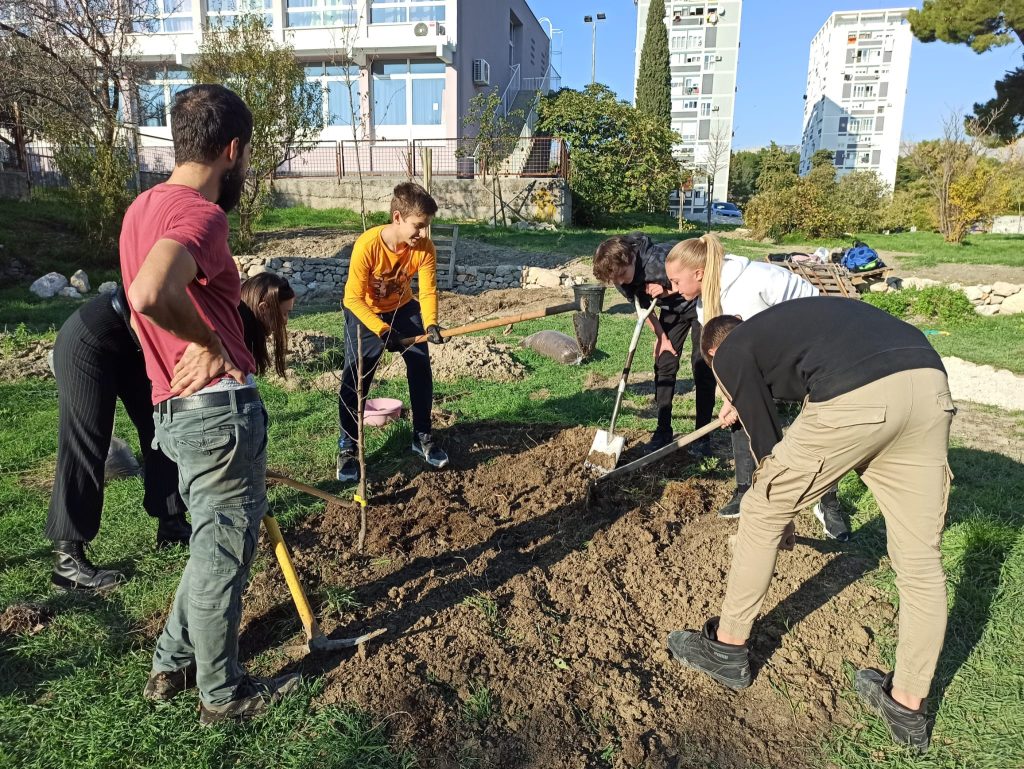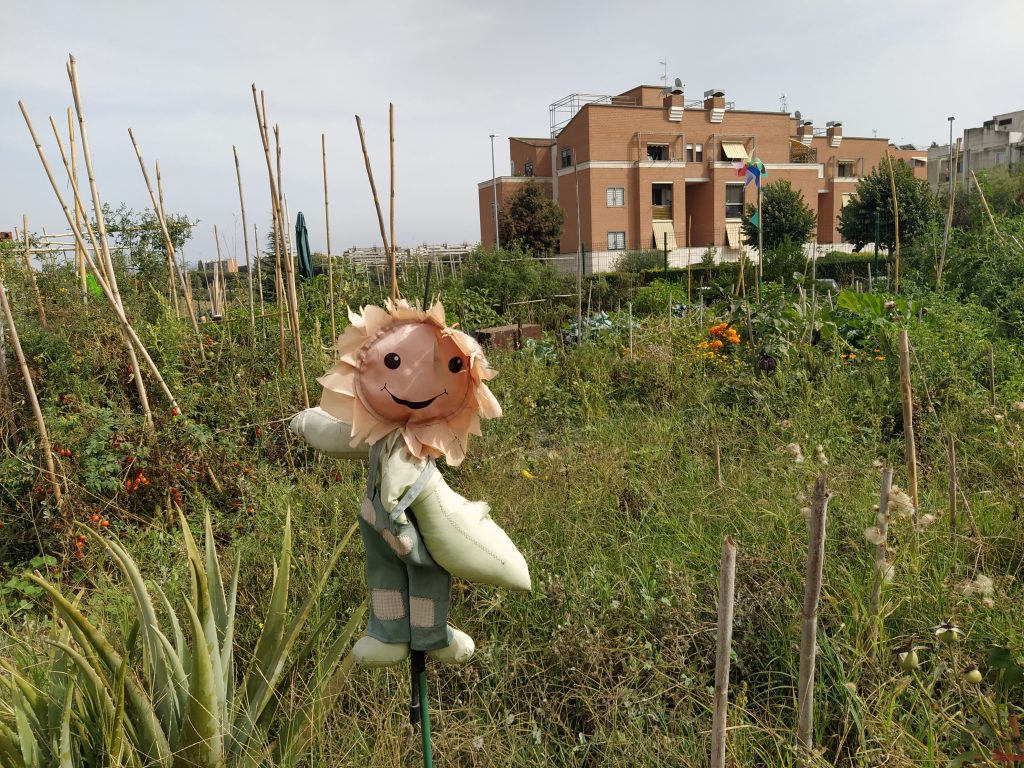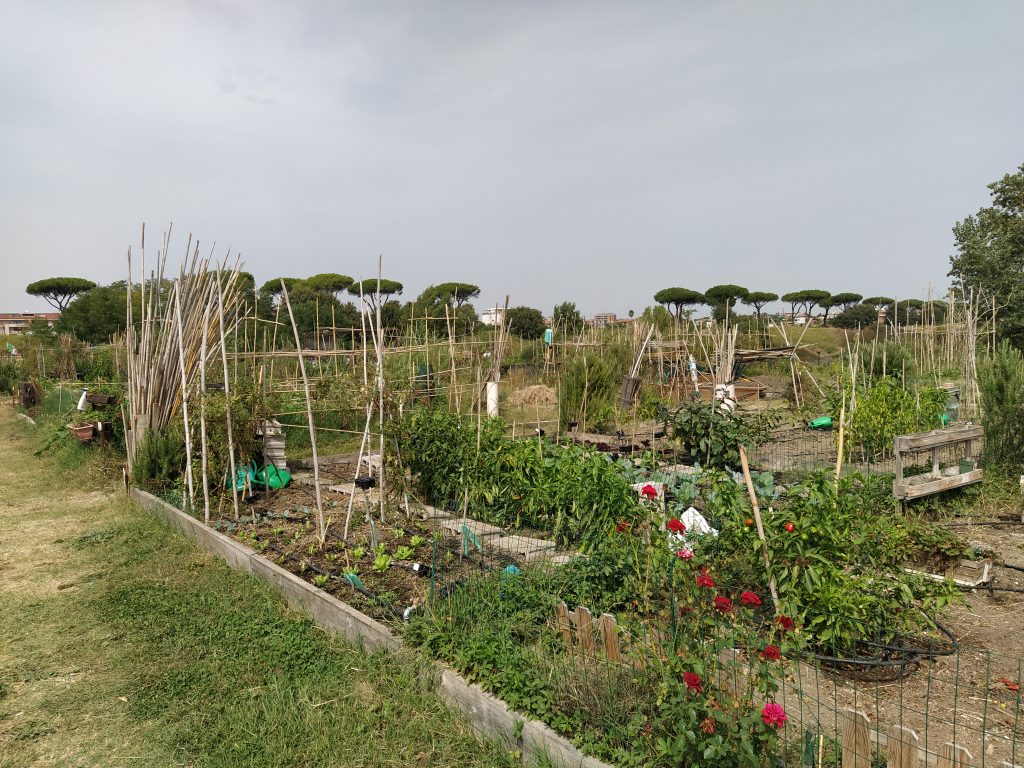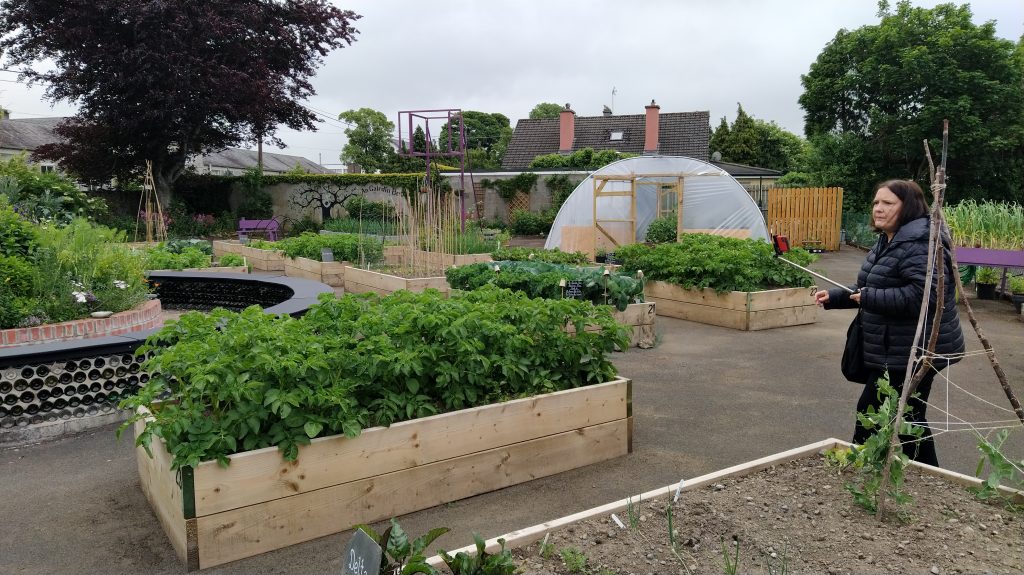Duration: 4 sessions of 45 minutes
It is getting to know the concept of urban community gardens and how they function in urban environments. How an urban garden is established and the possible forms of an urban garden concerning its purpose and management method. The social aspects and function of urban gardening and its role in community building will be specifically addressed. School open green spaces will be considered sites for school/community urban gardens. The urban garden as an element of urban green areas will be analyzed through the prism of permaculture design, both in the analysis segment and in the elements it consists of and their arrangement in space.
In modern urban environments, people often lack access to green areas for relaxation and leisure. The impact of climate change is particularly noticeable in cities with unique microclimatic conditions. Establishing urban gardens can help address these issues by utilizing existing spaces or creating new ones. This not only improves the aesthetic and functional aspects of the city, but also enhances soil quality through biogardening practices, improves air quality and microclimate through diverse planting, and encourages the reuse of resources such as rainwater and waste through composting and upcycling. Furthermore, urban gardens promote social interaction by involving the school community in their management and maintenance while working towards reducing the ecological footprint.

The benefits mentioned above can be realized and further promoted through urban school gardens, which are a type of space that resembles polygons.
Successful urban gardening practices can be found in many European and world cities today. There are examples of models that should be analyzed and applied in the local context.

In this lesson, students will learn about the importance of urban community gardens in schools and the essential procedures for establishing, managing, and participating in their work. They will be encouraged to join existing gardens or establish new ones and connect with fellow students from their own and other schools, as well as with the community (teachers, professors, parents, and neighbours) that is part of or connected to their school. Throughout, they will be encouraged to approach the problem from the perspective of a permaculture designer.
Objective: The presentation aims to showcase the various contexts in which urban gardens are established and to demonstrate the appearance and functionality of urban gardens in different cities. It will cover different definitions of urban gardens, their varied uses, and the different groups of users.
Before commencing the presentation, we will pose a question about the benefits of community gardens. The replies will be noted on the board. Throughout the presentation, these benefits will be elaborated with examples and supplemented with additional benefits:

Objective: To see how an urban garden works in practice and the potential of space for the establishment of an urban garden.
B.1: A visit to the urban garden that includes communication with the manager of the urban garden and a presentation of the management and work organization model applied in the garden. A tour of the garden with a presentation of the elements that make up the garden and the activities/programs that take place in the garden. The visit also includes a conversation with some of the users of the garden (students and school staff), through which participants will be introduced to the experiences of participating in and working in a community garden.
Optionally, participants can take part in some of the work activities that take place in the garden or participate in the preparation and consumption of meals if such an opportunity exists.
B.2: A location in one’s own school that has the potential to become a school urban garden is chosen and the location is visited to analyze the possibilities for the establishment of a school urban garden. (It is necessary to have several locations in preparation, from which one is chosen for this activity). The location is analyzed with the tools offered by permaculture (see the lessons Analysis of 5 elements, sector and function analysis).
Based on experiences and recorded data (notes from visits to the garden/location and pre-recorded list of useful functions of the urban garden), and analysis of 5 elements, participants will conclude which benefits the example meets and to what extent. Also, based on the location plan/draft, the participants will list the elements they would include and argue for the locations of the elements and the connections between them. In particular, the relationships between garden users and ways of involving the wider community will be analyzed.

Here you can find nuggets that can help you implement the lesson.